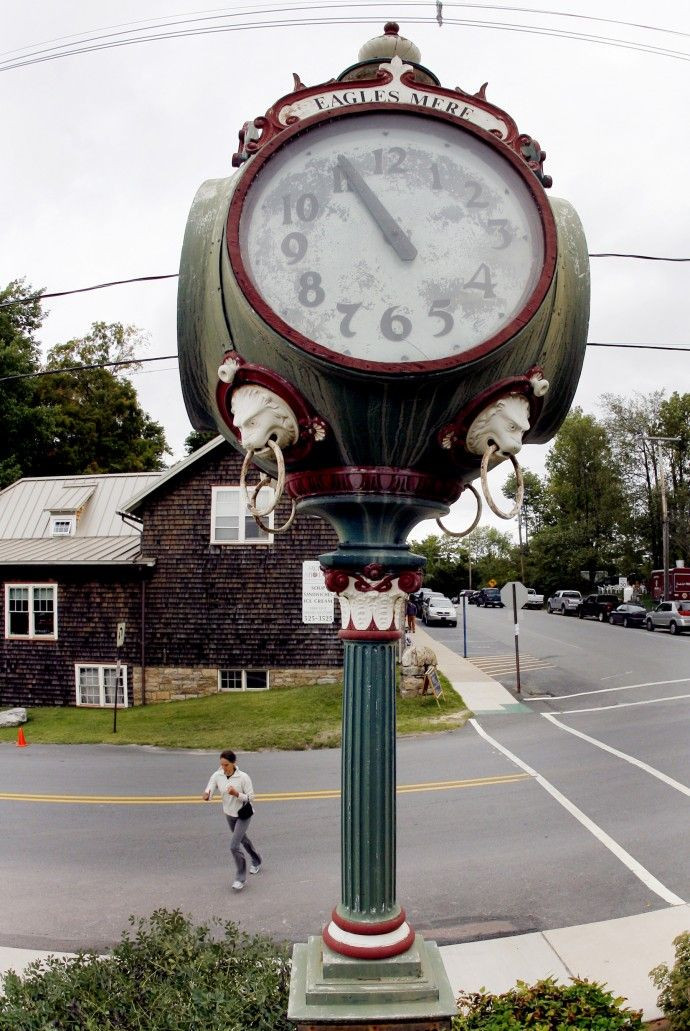Daylight Saving Time 2011 Will End Nov. 6

Daylight saving time officially ends next week, at 2 a.m. on Nov. 6, when clocks are turned back one hour.
In the northern hemisphere, daylight saving time generally begins in March and ends in November. It allows for more light during the evening hours and less in the morning hours. The time shift is meant to make mornings lighter, helping people to prevent accidents and wake up to sunlight, rather than to the drizzling darkness that has plagued recent dawns. It was originally introduced to make the most of the weakened winter sun.
The practice has been criticized and reported to cause problems for farming and other occupations tied to the sun.
In the United States, the Energy Policy Act of 2005 says daylight saving time begins on the second Sunday of March and ends on the first Sunday of November.
Ben Franklin was apparently the first person to suggest the concept of daylight saving, according to computer scientist David Prerau, author of the book Seize the Daylight: The Curious and Contentious Story of Daylight Saving Time.
It wasn't until World War I that daylight saving time was realized on a grand scale. Germany was the first state to adopt the time changes, to reduce artificial lighting and thereby save coal for the war effort.
In the U.S., a federal law first standardized the yearly beginning and end of daylight saving time in 1918 for the states that chose to observe it.
MUST READ : Daylight Saving Time: 5 Apps to Help You Prepare for a Long Winter's Snooze
MUST READ: Daylight Saving Time Ends Nov. 6 in U.S.: Is it Healthy or Harmful?
© Copyright IBTimes 2024. All rights reserved.





















